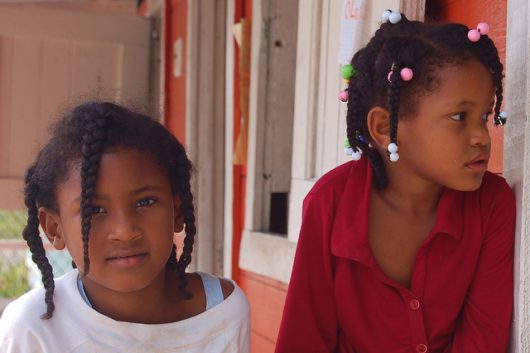Decreasing Poverty in the Dominican Republic

A promising program that is aiming to help to bring people in the Dominican Republic out of poverty is the Community Technology Center Program (CTC). This initiative is one key sign of the progress the country is making in improving health, promoting gender equality and decreasing poverty in the Dominican Republic. With more innovative programs like CTC, the country could continue to see significant progress in many areas of poverty reduction through education and access to technological resources.
What Does CTC Offer?
Since its inception in 1998, the primary purpose of CTC is to offer technology resources for people to help in areas such as employment and education, thereby increasing financial stability. CTC is also working to achieve its mission connected to health by helping to prevent the spread of disease by offering people access to information about health. Currently, there are 87 centers, but there are plans to build more.
The CTC initiative works towards helping families living on a dollar per day to possess the tools to help themselves increase their financial stability. One of the reasons for the success of the CTC program is that it utilizes technology to help people at no cost, thereby bestowing people with the tools to have a say in their lives. In fact, the centers offer technology training for those who do not know how to use the resources.
Empowering Women and Minorities
Assistance for women, the disabled, immigrants and others who have not had access to online information and technology is a top priority. One of the issues the CTC program has been trying to address is women’s access and use of the internet. At least “three-fourths of the female population don’t use the internet.” The CTC initiative is also working to expand women’s participation in technology and internet access.
The part of the program, women on the net, also demonstrates the progress that CTC is making. Some of the areas of education the centers provide are programming, multimedia and telecommunications. By providing education in these areas, the goal is for participants to find jobs in technology. Meanwhile, by 2013, 700 female participants had finished programs at various centers, learning computer literacy and technology.
By providing assistance to people with disabilities, immigrants and non-legal residents, community technology centers are helping to reduce poverty in often marginalized communities. One of the people the program has aided in employment, Julien Joseph-Josue, said the CTC program made him feel like “part of a family.” Joseph-Josue is a Haitian immigrant who received training to help his career as an interpreter.
The Success of the Program
The centers provide opportunities for learning and sharing in a community space as well as providing training in obtaining a job. Currently, the centers have achieved substantial progress in alleviating poverty in the Dominican Republic and have made significant strides in working to promote gender equality. The number of people CTCs has helped demonstrates this development. CTCs have helped develop the skills of around 40,000 people, 60% of these people being women, creating a more positive outlook.
Demonstrating a continual sign of progress the CTC program has made is the Bill and Melinda Gates recognition for the initiative for its innovation. The organization awarded the initiative The 2012 Access to Learning Award (ATLA), an award for organizations across the globe that offer access to technology. The CTC program obtained $1 million from this award. Furthermore, Microsoft will give $18 million worth of software to the initiative in accordance with its global citizenship effort to offer help in the positive developments of technology.
The technology that the program provides allows for access to information aiding in financial stability, health and decreasing poverty in the Dominican Republic. In addition, the CTCs have shown to be capable of moving the Dominican Republic further along on the path to achieving gender equality. With the continual effort of the initiative, hopefully, there will be more positive results in the effort to alleviate poverty in the Dominican Republic.
– Daniel McAndrew-Greiner
Photo: Flickr
